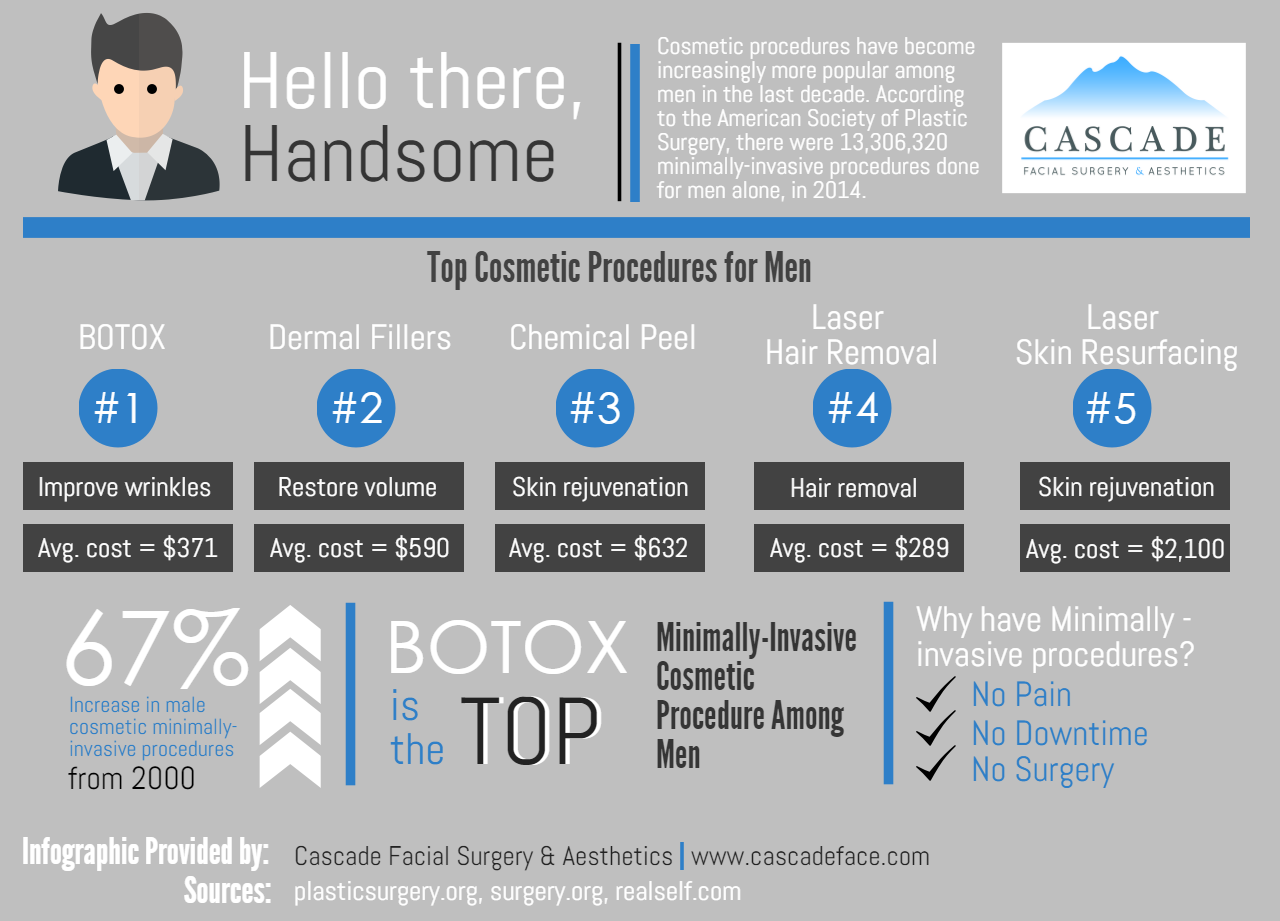Hormonal acne is characterized by clogged pores and oily skin that typically shows up on the chin and jawline. It happens when hormonal changes cause swelling and bacterial overgrowth within hair follicles.
Outbreaks may appear as whiteheads, blackheads, papules or pustules and cysts or nodules in a lot more serious situations. It is extra usual in teenagers experiencing the age of puberty yet can influence grownups of any kind of age.
What Creates Hormone Acne?
While acne can be brought on by a selection of factors, including using hair and skin care products that aren't oil-free or made with components that might clog pores, genetic predisposition, diet,2 and tension, the source is changing hormonal agents. Hormone acne happens when the body experiences hormonal modifications and changes that cause an overflow of sebum, which triggers inflammation, boosted development of germs and modifications in skin cell activity.
Hormonal acne is often found on the lower jawline, cheeks and neck but can show up anywhere on the body. It is identified by imperfections that are cystic, excruciating and loaded with pus or various other product. It is likewise more likely to occur in women than men, especially throughout the age of puberty, the menstruation, maternity or menopause.
Age
While numerous kids experience acne at some point during puberty, it can continue to torment grownups well right into their adult years. Referred to as hormonal acne, this form of breakout is linked to changes in hormonal agents and is usually most typical in women.
Hormonal acne takes place when oil glands generate excessive sebum, which blocks pores and traps dead skin cells. This leads to the development of acnes, such as whiteheads, blackheads and papules, pustules, cysts or nodules, deep under the surface.
This type of imperfection commonly triggers pain, redness and inflammation. It might additionally be intermittent and show up around the exact same time each month, such as right prior to your duration starts. This is because degrees of women hormones like progesterone and oestrogen fluctuate with each menstrual cycle.
Menstrual Cycle
Hormone acne normally shows up in the lower part of your face, along the jawline and cheeks, as whiteheads, blackheads or inflammatory acnes (acnes and cysts). It's more than likely to show up around the time when your menstrual cycle changes.
Specifically around ovulation, when estrogen and progesterone degrees are on the surge, hormonal agent variations can trigger breakouts. However it's additionally feasible to get acne at any type of factor throughout your 28-day menstrual cycle.
If you notice that your hormone acne flare right before your duration, attempt noticing when specifically this occurs and see if it relates to the stages of your 28-day menstruation. This will aid you identify the source of your skin difficulties. For example, you might wish to work on stabilizing your blood glucose and eliminating high-sugar foods, or consider a prescription medication like spironolactone that can manage your hormones.
Pregnancy
Expanding an infant is a time of significant hormone modifications. For many females, this consists of a flare-up of hormonal acne. This kind of breakout commonly begins in the first trimester, around week 6. It's caused by hormone rises that promote sebaceous glands to make even more oil, which can clog pores and cause even more germs to accumulate.
Breakouts might likewise take place as a result of pre-existing conditions like polycystic ovary syndrome, which can additionally be a problem while pregnant and menopause. Likewise, some types of contraceptive pill (such as Ortho Tri-Cyclen and YAZ) can trigger hormone acne in some women.
The good news is, a lot of acne treatments are "no-go" for expecting women (consisting of popular acne-fighting components such as isotretinoin and spironolactone). But if you can not avoid those frustrating bumps, your doctor might prescribe dental erythromycin or cephalexin, which are secure during pregnancy.
Menopause
As females approach menopause, the estrogen degrees that triggered their hormonal agent acne to flare up throughout puberty begin to maintain and decrease. At the same time, nonetheless, a spike in androgens (also referred to as male hormonal agents) happens due to the fact that these hormones can't be exchanged read more estrogen as effectively as previously.
The unwanted of androgens can trigger oil manufacturing by the sweat glands, which clogs pores. When the stopped up pores become irritated and aggravated, a pimple types.
Hormone acne is typically seen on the face, especially around the chin and jawline, yet it can occur on the neck, back, shoulders, or breast. This sort of acne tends to flare in an intermittent pattern, similar to the menstruation. Stress, which enhances cortisol and tosses hormonal agents out of balance, likewise adds to the outbreaks.
